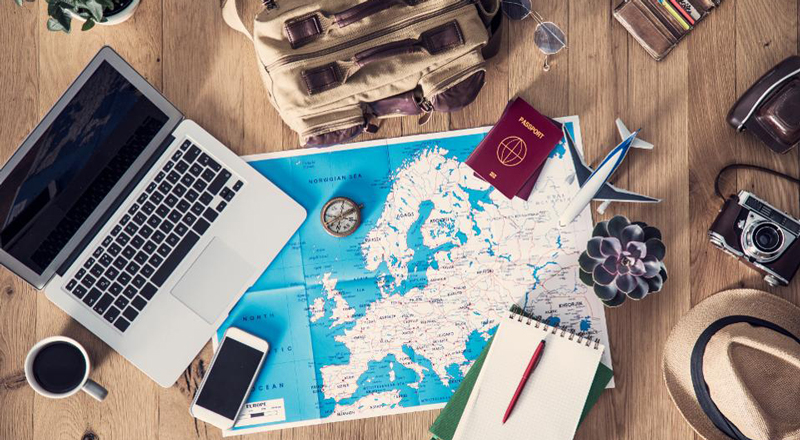
Essential Tips for Planning Your Adventure Trip
Choosing the Right Destination
Selecting the right destination sets the tone for your adventure. Are you drawn to mountain peaks, serene beaches, or bustling urban landscapes? Consider your interests, activity preferences, and the type of adventure you seek. This decision forms the cornerstone of your trip.Setting a Budget
Adventure doesn’t have to break the bank. Define your budget early on to avoid overspending. Factor in transportation, accommodation, meals, activities, and any unexpected expenses. Allocating funds appropriately ensures you make the most of your adventure without financial worries.Researching Activities and Attractions
Immerse yourself in the possibilities your destination offers. Research the activities and attractions available, from adrenaline-pumping endeavors like bungee jumping to culturally enriching experiences like local cooking classes. This step ensures you don’t miss out on must-see opportunities.Selecting Accommodation
The right accommodation enhances your adventure’s comfort and convenience. Choose lodging that aligns with your preferences—whether it’s a cozy cottage, a boutique hotel, or a camping site under the stars. Proximity to your planned activities also matters.Packing Smartly and Lightly
Packing can make or break your adventure. Create a packing list tailored to your destination and activities. Stick to essentials, versatile clothing, and high-quality gear. Packing lightly not only reduces the physical load but also opens room for souvenirs.Planning for Transportation
Depending on your adventure’s nature, you might need various modes of transportation. Research transportation options, book tickets in advance, and ensure you’re aware of local commuting methods. Smooth transportation logistics keep you on track.Considering Health and Safety
Prioritize your well-being during your adventure. Check if vaccinations are required, pack a basic first-aid kit, and be aware of any health advisories for your destination. Additionally, familiarize yourself with local emergency contacts.Adopting a Flexible Itinerary
While planning is essential, flexibility adds spontaneity to your adventure. Leave room for unexpected discoveries and opportunities. A flexible itinerary allows you to embrace new experiences without feeling tied to a rigid schedule.Embracing Local Culture
Immerse yourself in the local culture to truly connect with your destination. Learn a few local phrases, respect customs, and engage with residents. This enriches your adventure, creating lasting memories and meaningful interactions.Capturing Memories: Photography Tips
Preserve the magic of your adventure through photography. Capture stunning landscapes, candid moments, and unique details. Don’t forget to put the camera down occasionally to savor the experience firsthand.Essential Sea Travel Tips
Staying Connected: Communication Guidelines
Staying connected while disconnecting is an art. Purchase a local SIM card or research roaming options for your phone. Stay active on social media or start a travel blog to share your adventure with loved ones.Weather Considerations: Preparedness for the Elements
Weather can be unpredictable, so pack accordingly. Check the weather forecast before departure and pack layers. Be ready for rain or shine to ensure comfort throughout your journey.Sustainable Travel Practices
Leave a positive impact on the places you visit. Minimize your ecological footprint by following Leave No Trace principles, supporting local businesses, and making environmentally conscious choices.Conclusion
Embarking on an adventure trip is a thrilling endeavor that requires careful planning. By choosing the right destination, setting a budget, and embracing the unknown, you’re setting yourself up for an unforgettable experience. Remember, every twist and turn adds to the richness of your journey.Traveling on a Budget: Money-Saving Tips for Adventurers
What Should I Consider When Planning My Adventure Trip?
When planning your adventure trip, there are a few important factors to consider. First, determine the destination and research its natural attractions and local customs. Next, evaluate your physical fitness level and choose activities accordingly. Additionally, take into account the weather conditions and necessary gear for the trip. Lastly, plan a detailed itinerary that includes transportation, accommodation, and an introduction to natural language processing to help with communication in unfamiliar environments.









